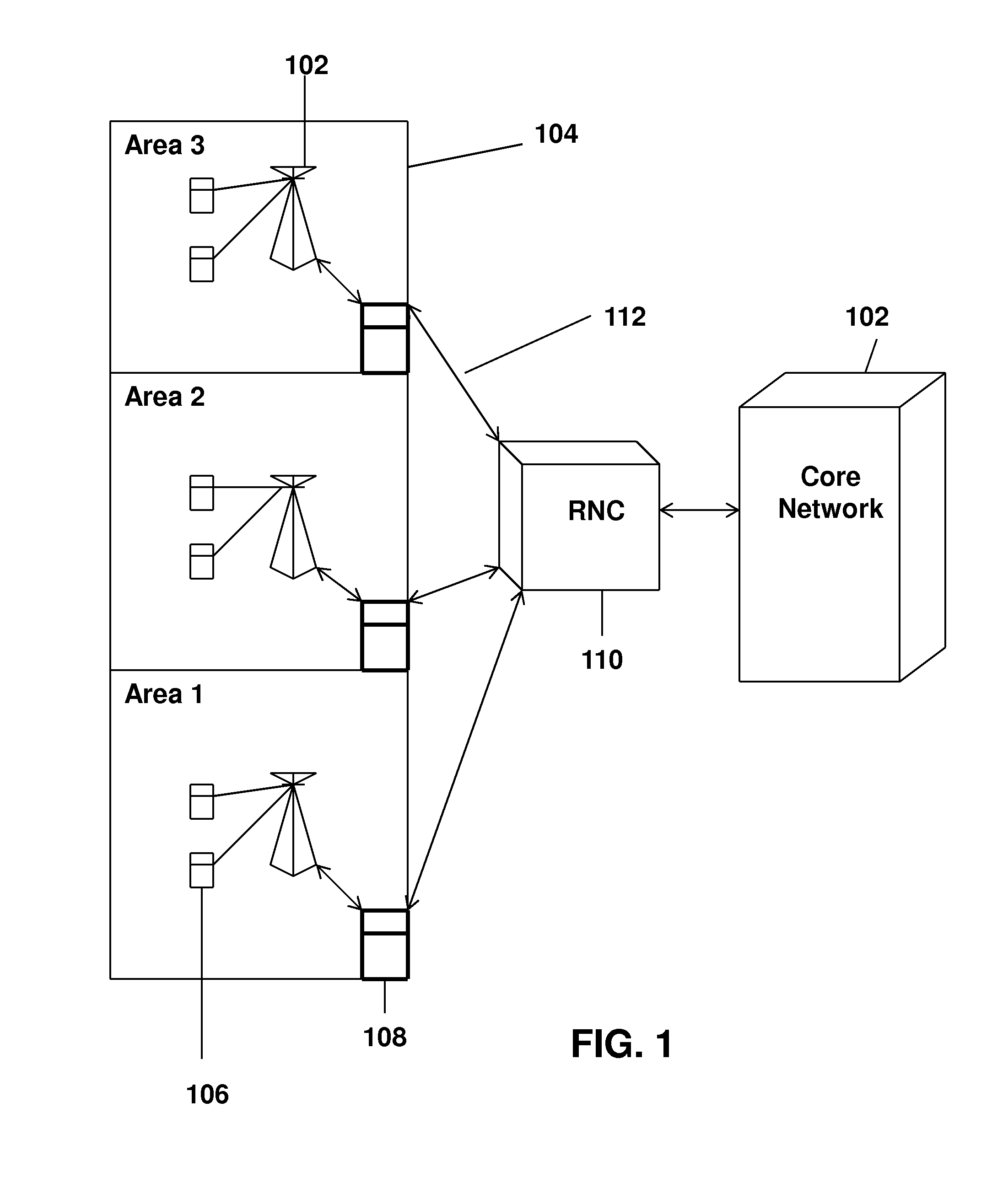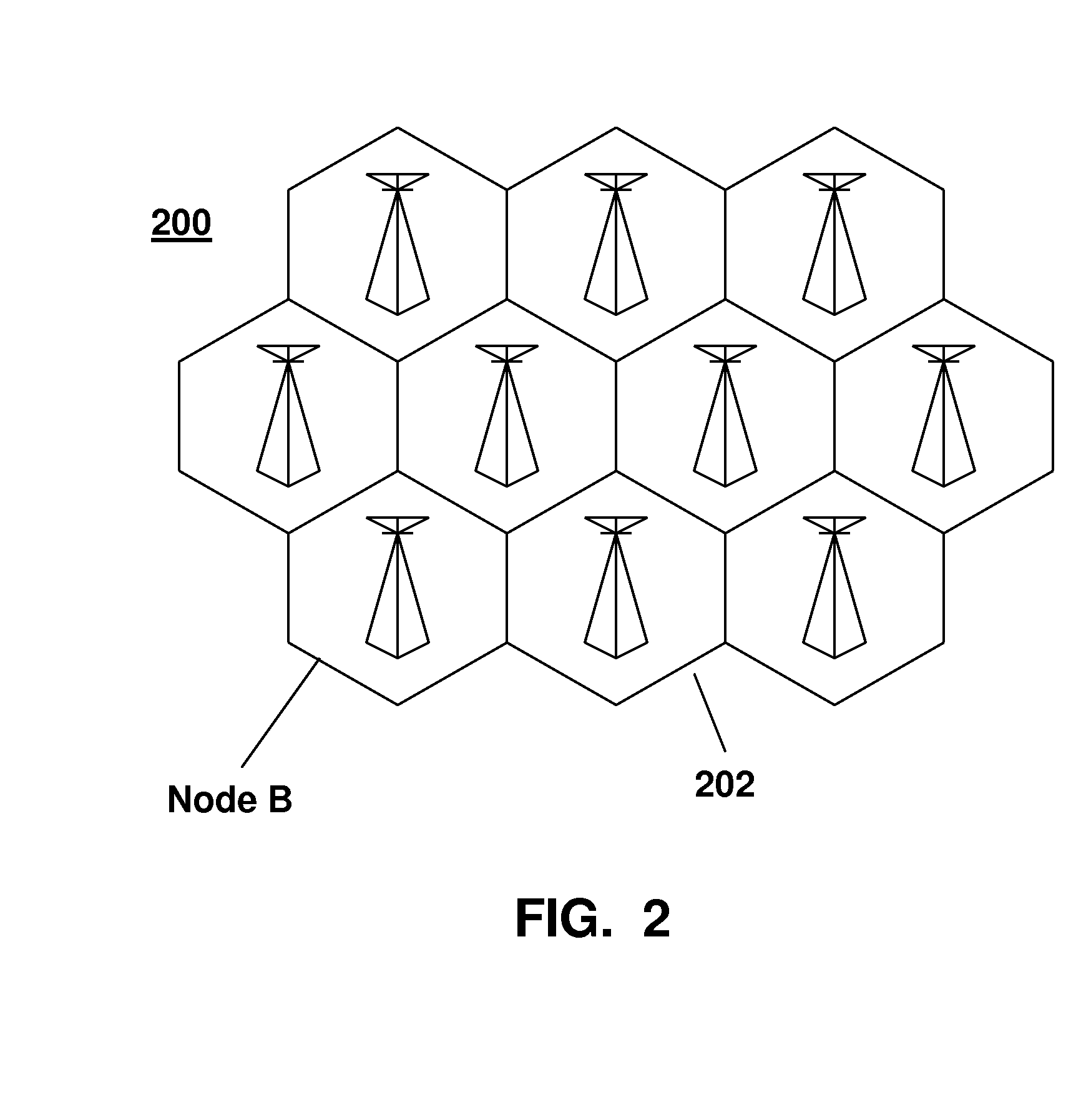Method and System for Load Balancing of Large File Transfers on a Wireless Network
a wireless network and wireless network technology, applied in the direction of electrical equipment, wireless communication, etc., can solve the problems of increasing data traffic, reducing download speed, and cellular network operations, and reducing the bandwidth available for transmitting information across these microwave links. , to achieve the effect of reducing download speed and increasing available download capacity
- Summary
- Abstract
- Description
- Claims
- Application Information
AI Technical Summary
Benefits of technology
Problems solved by technology
Method used
Image
Examples
Embodiment Construction
[0017]The method and system of the present invention provide a means to provide seamless transfer of large files across network nodes with optimal bandwidth usage by balancing the download functions of network nodes. The objective of the present invention is accomplished by distributing the download functions of devices moving between nodes and thereby reducing load capacity of nodes having heavy usage at a particular time. Download speeds for devices moving between nodes will be reduced while the device is in a heavy capacity use node and increased when the device moves to a node having a lower use capacity. This load balancing process occurs by:[0018]1) determining the size of a file to be transferred to a user;[0019]2) predicting the path of the user;[0020]3) determining the current load at each node in the network; and[0021]4) determining whether load balancing can occur based on the movement of the user and the current load of nodes in user's predicted path.
When the determinati...
PUM
 Login to View More
Login to View More Abstract
Description
Claims
Application Information
 Login to View More
Login to View More - R&D
- Intellectual Property
- Life Sciences
- Materials
- Tech Scout
- Unparalleled Data Quality
- Higher Quality Content
- 60% Fewer Hallucinations
Browse by: Latest US Patents, China's latest patents, Technical Efficacy Thesaurus, Application Domain, Technology Topic, Popular Technical Reports.
© 2025 PatSnap. All rights reserved.Legal|Privacy policy|Modern Slavery Act Transparency Statement|Sitemap|About US| Contact US: help@patsnap.com



